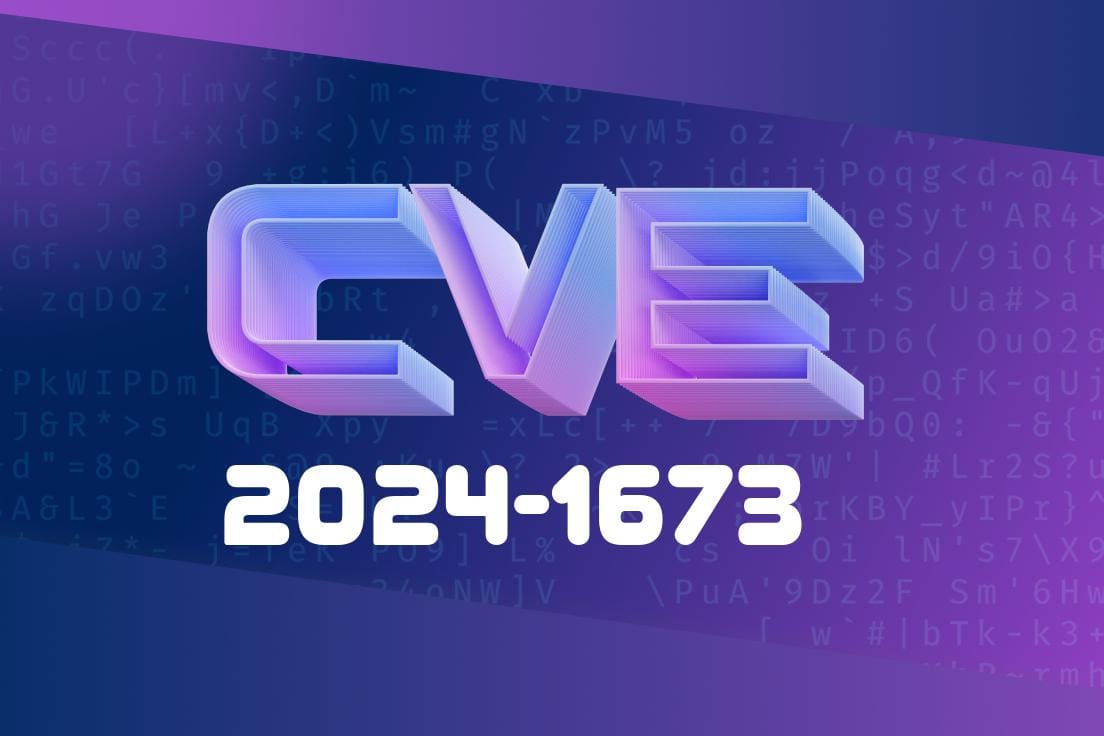Google Chrome is one of the most widely used web browsers, constantly evolving to ensure user security and experience. However, with every new version comes potential vulnerabilities. In this post, we will discuss a use after free vulnerability in the accessibility feature of Google Chrome versions prior to 122..6261.57. This vulnerability, identified as CVE-2024-1673, allows a remote attacker with control over the renderer process to potentially exploit heap corruption through specific user interface (UI) gestures. The Chromium security team has assessed the severity of this vulnerability as 'Medium.'
Vulnerability Details
The root of this vulnerability lies in the accessibility feature of Google Chrome. Accessibility is an important aspect of any software, making it usable for everyone, including those with disabilities or different needs. This vulnerability allows a remote attacker who has already compromised the renderer process to potentially exploit heap corruption and execute arbitrary code, giving them unauthorized access to a user's system.
The use after free vulnerability is a type of memory corruption flaw where an application continues to use a pointer to a freed memory block. This can lead to various issues, including crashes, data leakage, or remote code execution, depending on the attacker's control over the memory contents.
In the case of CVE-2024-1673, the vulnerability stems from specific UI gestures that trigger the use after free issue within the Chrome accessibility feature. Once this vulnerability is exploited, it could lead to heap corruption, allowing attackers to execute code remotely and further control the user's system.
Code Snippet
The following code snippet illustrates a simplified version of the use after free vulnerability in the accessibility feature of Chrome:
// Accessibility event triggered by specific UI gestures
void Chrome_Accessibility_Event(EventHandler* handler, Event* event) {
// Check if the event is relevant to accessibility
if (event->type == kAccessibilityGestureEvent) {
// Handle the accessibility event
handler->HandleAccessibilityEvent(event);
// Free the event object
delete event;
// Incorrectly continue using the event object after it's freed
event->timestamp = GetCurrentTimestamp();
}
}
In the code above, the accessibility event is freed using delete event;, but later the freed event object is still accessed with event->timestamp = GetCurrentTimestamp();. This results in the use after free vulnerability.
Mitigation
The Google Chrome team has recognized this vulnerability and has already issued a fix in version 122..6261.57. Users are advised to update their Chrome browser to the latest version to avoid falling prey to this vulnerability. Updating your browser not only fixes this specific vulnerability but also ensures your overall security and browsing experience are enhanced.
Original References
- Google Chrome Stable Channel Update: This blog post from the Chrome Releases Blog provides information about the updates and fixes implemented in the latest stable version of Google Chrome.
- Chromium Security Vulnerability: The Chromium Project's Security page contains details about disclosed vulnerabilities and how to report new security issues.
- CVE-2024-1673: The MITRE CVE page for CVE-2024-1673 provides a brief description of the vulnerability and a link to the Chrome Releases Blog announcement.
Conclusion
The use after free vulnerability in Google Chrome's accessibility feature (CVE-2024-1673) has a medium severity rating, but users should take the necessary steps to mitigate the risk. Updating your Google Chrome browser to the latest version ensures this vulnerability is patched, protecting your system from potential heap corruption exploits due to this flaw. As with any software, regular updates and staying informed about potential vulnerabilities are crucial to maintaining optimal security.
Timeline
Published on: 02/21/2024 04:15:08 UTC
Last modified on: 02/26/2024 16:27:52 UTC
